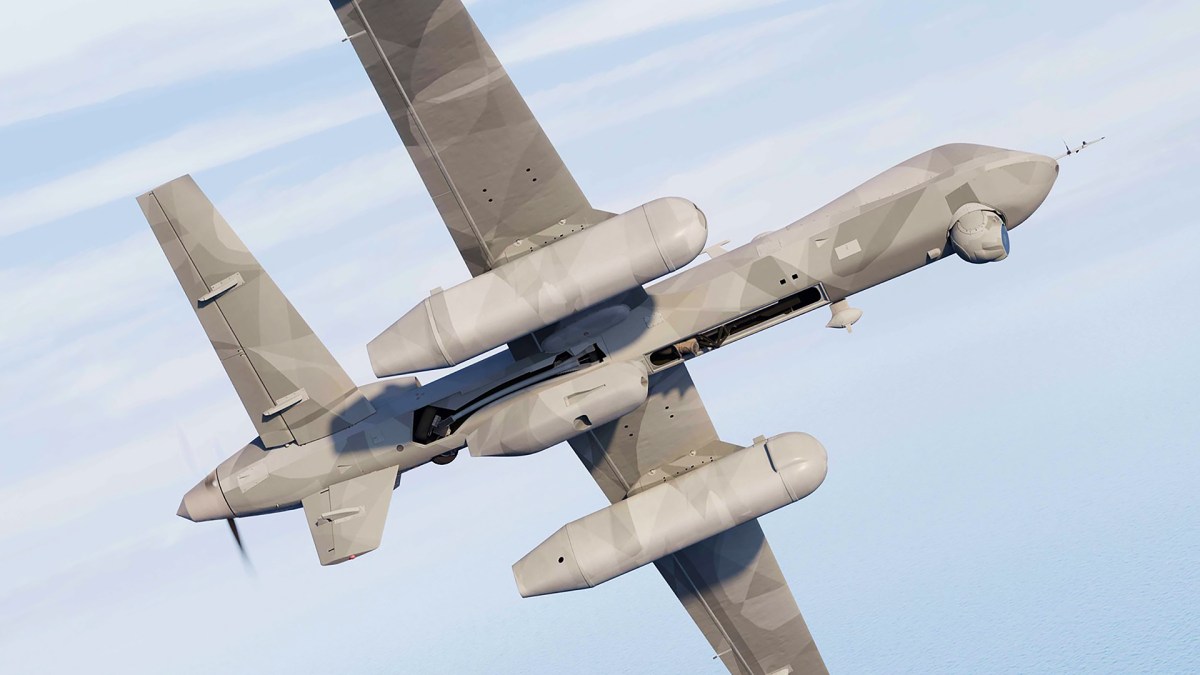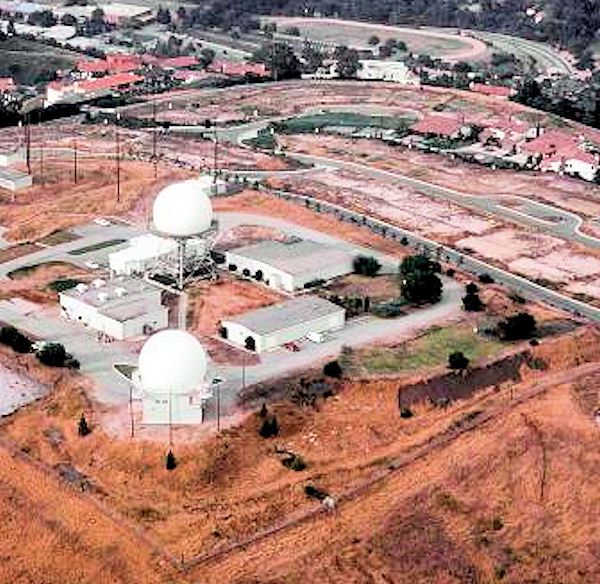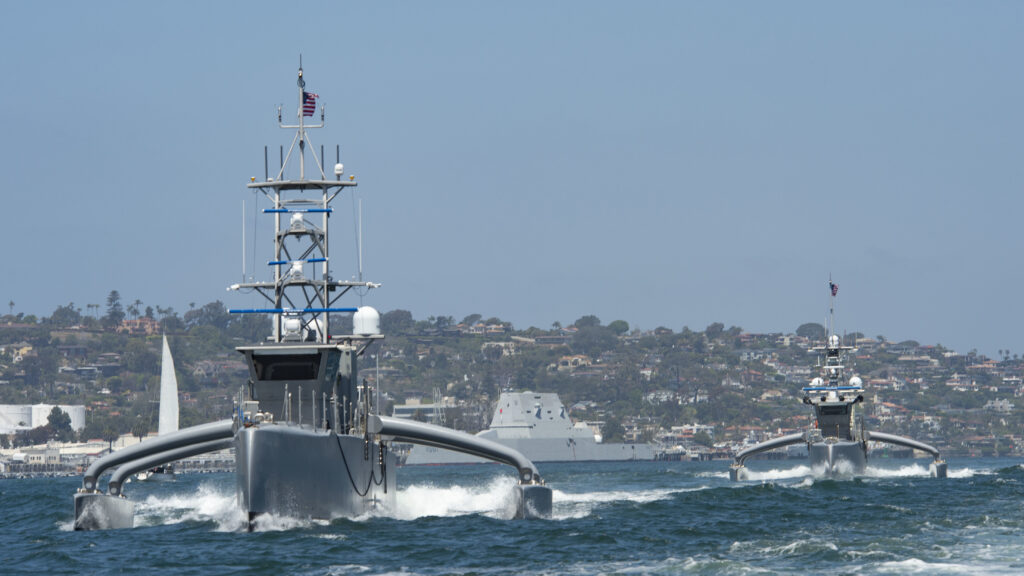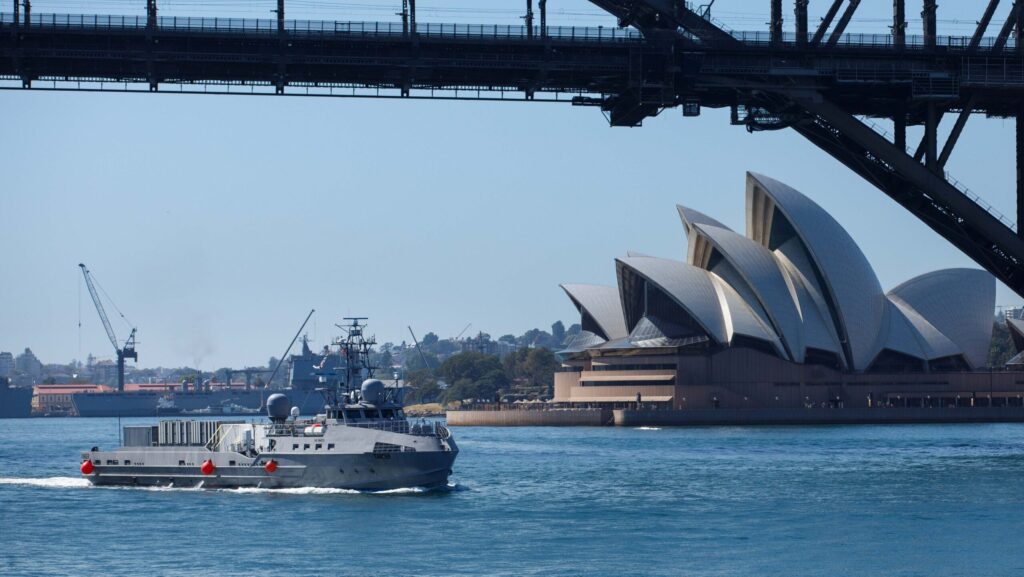- Reaction score
- 5,992
- Points
- 1,160
And a representative of the Nazi government attended, experienced the mosquitoes, and left says 'thanks but no thanks'.Winnipeg did surrender to the Nazis in 1942.

If Day - Wikipedia
en.wikipedia.org

And a representative of the Nazi government attended, experienced the mosquitoes, and left says 'thanks but no thanks'.Winnipeg did surrender to the Nazis in 1942.

If Day - Wikipedia
en.wikipedia.org
No but maybe drone attacks coming out of the back of delivery vans or somesuch. Israel has apparently took a page from Ukraine and did something similar in Iran along with their regular bombing.We have no enemies that are planning to launch missiles randomly in Manitoba.
Maybe. But there's no real way to practically design against a terrorism threat like that. Especially for the CAF. That's a threat that is going to be increasingly dealt with as a law enforcement and counter terrorism threat. Eh install jammers in sensitive locations.No but maybe drone attacks coming out of the back of delivery vans or somesuch. Israel has apparently took a page from Ukraine and did something similar in Iran along with their regular bombing.
Don't cha need a carrier as a base?Which brings us back to this...

MQ-9B Airborne Early Warning Variant Could Fill Major Aerial Surveillance Gaps
The early warning MQ-9B is being pitched in carrier-based form to the Royal Navy, but could have wider appeal, including for land-based use.www.twz.com
How many of these could you get for the price of an E-7?
From the article linked above:
So a larger fleet of lower powered transmitters (along the lines of the MQ-9b AEW above) in place of a small fleet of high-power AEW&C aircraft transmitters? F-35's as the passive receiver nodes (no sense for a stealth platform to transmit).
Lot's to think about. The way things are changing you need to be careful not to buy into the platforms designed for the last conflict rather than what will work best in a future conflict.
Don't cha need a carrier as a base?

 thedefensepost.com
thedefensepost.com

The Joint Surveillance System (JSS) is a joint United States Air Force and Federal Aviation Administration system for the atmospheric air defense of North America. It replaced the Semi Automatic Ground Environment (SAGE) system in 1983.
The JSS consists of long range surveillance radars, primarily operated and maintained by the Federal Aviation Administration (FAA), but providing communication and radar data to both FAA and United States Air Force control centers.
FAA equipment is primarily a mixture of Long Range Air Route Surveillance Radars (ARSR) of various types, although some use legacy AN/FPS radars. They are co-located with UHF ground-air-ground (G/A/G) transmitter/receiver (GATR) facilities at many locations. Fourteen sites have VHF radios as well. The GATR facility provides radio access to fighters and Airborne early warning and control (AEW&C) aircraft from the Sector Operations Control Centers. The JSS has been enhanced under the FAA/Air Force Radar Replacement Program with 44 ARSR-4/FPS-130 radars to replace some of the many previous long-range radars. This provides common, high-performance, unattended radars. The ARSR-4/FPS-130 is a 3-D long range radar with an effective detection range of some 250 miles and has been fully integrated with JSS at all joint use sites.
These radars are generally unattended except for periodic FAA maintenance crews which visit the sites as necessary. Hence, the 117 was also known as "minimally attended radar" (MAR).
Carrier form for that aircraft is just modifications to the aircraft to be able to take off and land on a carrier (stubby wings, appropriate landing gear, arresting hook, etc...).Don't cha need a carrier as a base?
Carrier form for that aircraft is just modifications to the aircraft to be able to take off and land on a carrier (stubby wings, appropriate landing gear, arresting hook, etc...).
The AEW abilities are probably able to be added to any type of MQ-9B if you really wanted to.

 avgeekery.com
avgeekery.com

“We recently did a session with the secretary of defense and we are going to stand up a joint interagency task force” focused on thwarting drones, Gen. James Mingus, vice chief of staff of the Army, said during an event Wednesday co-hosted by AUSA and the Center for Strategic and International Studies.
Counter-unmanned aerial systems (C-UAS), as it is known in DOD parlance, is a key challenge for the military. Commercial technology has evolved in recent years such that drones on the civilian market are extremely cheap to buy and simple to operate. It has also become less challenging to 3D print parts and devices that can fly.
This has made it significantly easier for nation-states and terrorist groups to procure these types of systems and strap bombs to them, allowing adversaries to level the playing field against higher-tech combatants such as the U.S. military.
“One junior sergeant in the 47th Ukraine mechanized brigade, he got the Order of the Gold Star and Hero of Ukraine [awards] because he is credited [with] 434 enemy killed, 336 enemy wounded, 42 tanks destroyed, 44 infantry fighting vehicles, 10 tracked amphibs and 20 armored personnel carriers all destroyed in a five-month period. He is a first-person-view drone pilot,” Lt. Gen. Dagvin R.M. Anderson, director for joint force development on the American military’s Joint Staff, said at a special operations symposium hosted by NDIA in February. “That is what he brings — the lethality of about a division. I mean, that is an incredible record.”
“We need an organization that is joint, interagency, has authorities, a colorless pot of money and the authorities to go after from requirements all the way through acquisition in a rapid way to be able to keep pace with that. We are in the process of standing that organization up and get it going,” he said. “The Army is going to lead it, but this will be a joint organization to be able to deal with joint solutions in the future. We’ve been trying to advocate this for some time now, and the secretary recently made the decision to allow us to move out on it, because we cannot move fast enough in this space.”
The SASC version also adds funds for priorities not included in the House bill, such as $167 million for procurement of launchers for Army medium-range air and missile defense interceptors, $200 million for Army medium-range air and missile defense interceptors, and $500 million for the expansion of defense advanced manufacturing techniques.

Shipbuilding projects — the largest single bucket in both bills — lost about $5 billion in funds in the SASC version, going from about $34 billion to $29 billion. In the biggest change, the SASC bill zeroes out about $4.8 billion in funding for a San Antonio-class amphibious transport dock and America-class amphibious assault ship. It adds $300 million for medium unmanned surface vessels, bringing the total spend to $2.1 billion.

The Navy did not immediately respond to a request for comment about its decision, but Breaking Defense reported in January that a top Navy admiral overseeing both LUSV and MUSV said he was inclined to consolidate the programs.
“Instead of different large and medium designs, we need one craft that is affordable, non-exquisite, and can come off multiple production lines in an identical manner and go towards one of two payloads — either the envisioned magazine payload of the Large USV or the envisioned ISR-related Medium USV payloads,” Rear Adm. William Daly, the Navy’s surface warfare requirements director, told attendees at the Surface Navy Association’s annual symposium in January.

“The Future USV program will be an open ocean, 25+ knot, high endurance, non-exquisite, autonomous vessel,” according to the solicitation. “The vessel will be built to commercial standards and will provide the interfaces, payload deck area, and support for two forty-foot equivalent unit (FEU) containerized payloads, each weighing 80,000 lbs.”
Big helicopters on little ships and S3 Viking sensors in the P3 aircraft. We have a history of cut and paste solutions.

The Aurora: Canada Took The Best Of The S-3 Viking And P-3 Orion And Created This Unique Bird
While the Aurora is built on Lockheed’s P-3 Orion airframe, the CP-140 has an entirely different sensor suite than does the Orion.avgeekery.com
While creating a nation-wide integrated radar and AD system at the scale that @Kirkhill envisions might be impractical (i.e. short and medium range local detection vice the long range, wide area detection systems of NORAD), perhaps a reasonable approach would be to install a series of passive receivers at key strategic locations across the country and deploy mobile transmitters (manned AEW&C, UAVs, Fighters, mobile ground based radars, etc.) as the threat conditions require. Gives you a multi-static system when required without the requirement to have a massive number of high-power transmitters permanently deployed where there is typically nothing of significance to detect.
Same with AD systems. Rather than trying to have an AD/C-UAS unit assigned to cover every possible target in the country, deploy batteries from centralized units as required. And here I'll agree that we probably need considerably more AD units than just 4th Artillery Regiment (GS), both for domestic and deployed operations.
I mean, we know balloons will survive the first shot at least..Heck, we could put up a string of heliostats (stationary balloons) with radars has been done in the past.
All options to consider.
We struggle to get people to go to the bases we currently have, getting more people to go to even more remote places is no small ask.
I raised Vancouver Island as a point, because people who actually get posted there complain about isolation. It's not an abstract, or random numbers off the internet, it's conversations with the real "The Few, The Proud" we currently employ.
I'm not suggesting it's impossible to place a unit in Whitehorse, but it will require a lot more than wishful thinking and google searches.
A potential role for Air Reserve units?Good question.
There will be a lot more sensors in the forms of F-35s, other radar-carrying assets, a west-cost SPY-7 radar, over-the-horizon radar etc. Heck, we could put up a string of heliostats (stationary balloons) with radars has been done in the past.
All options to consider.
I would love a posting up there, but I know that many would immediately turn up their noses at being that far away from the rest of Canada. I strongly suspect that those of us who enjoy moving to new places, and experiencing new local cultures are the minority, so we shouldn't plan CAF bases and posting policies around our outlier preferences/tolerances.Whitehorse is fantastic. I lived there for a few years and was very pleasantly surprised. Quality of life could be quite good for troops posted there. It looks ‘isolated’ from a bare glance at a map til you realize how well served it is in terms of flights in and out. The city’s got great amenities and recreation, a fair bit of spousal employment opportunity, a good hospital, pretty decent schools, a college/university, lots of retail… It punches above its weight population wise.
The big challenge would be housing. There’s an active housing market, but it couldn’t absorb 400 people in a few years. CAF would need to build quality, modern accommodations. All the old military housing from years gone by has of course been sold off (and ironically there’s a pretty dodgy apartment building known as ‘the barracks’, for reasons that would be immediately obvious to any CAF member).
CAF could do much worse than putting a presence there, if it suits operational needs.
* the ELM-2083A AESA radar in the aerostat is by the same manufacturer as the ELM-2084 in Canada's existing Multi-Mission Radar (MMR).
And in true Army.ca fashion, tying this back to the discussions about restructuring the Reserves...rather than expanding the current, dysfunctional Army Reserves to 100,000, how about we restructure the existing Reservists and give them tools like these?ELTA makes excellent radars.

